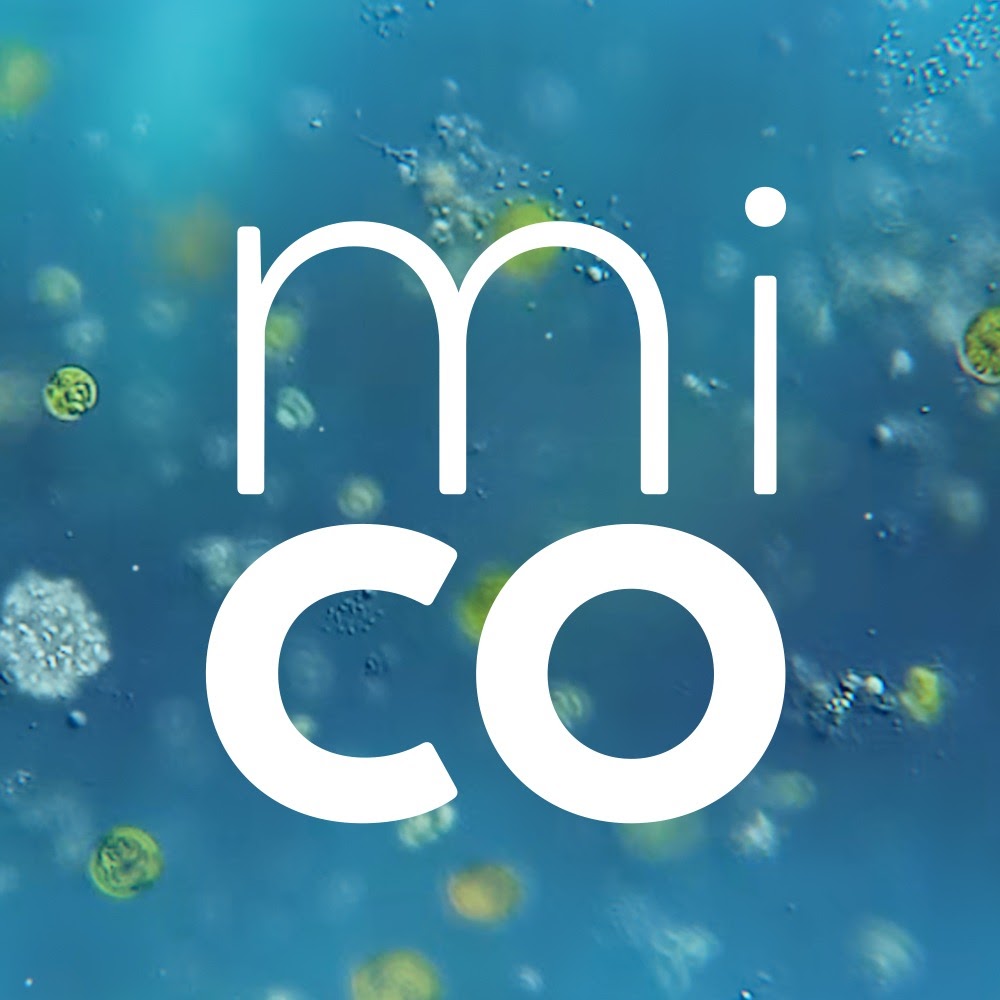2022-05-02
[public] 108K views, 7.47K likes, dislikes audio only
4KGo to https://curiositystream.com/microcosmos to start streaming The Science of Cute. Use code "Microcosmos" to sign up -- just $14.99 for the year.
We’ve spent most of our journey through the microcosmos seeking out the organisms that are too small to see with just the human eye. The bacteria, the ciliates, the tardigrades. Part of what makes them so exciting to find is that they are so tiny. Every moment we spend with one of these organisms is a peek into something exceptional in our experience of the world, and it’s the result of how much work James, our master of microscopes, has put into hunting down as many microbes as he can.
Follow Journey to the Microcosmos:
Twitter: https://twitter.com/journeytomicro
Facebook: https://www.facebook.com/JourneyToMicro
Support the Microcosmos:
http://www.patreon.com/journeytomicro
More from Jam’s Germs:
Instagram: https://www.instagram.com/jam_and_germs
YouTube: https://www.youtube.com/channel/UCn4UedbiTeN96izf-CxEPbg
Hosted by Hank Green:
Twitter: https://twitter.com/hankgreen
YouTube: https://www.youtube.com/vlogbrothers
Music by Andrew Huang:
https://www.youtube.com/andrewhuang
Journey to the Microcosmos is a Complexly production.
Find out more at https://www.complexly.com
Stock video from:
SOURCES:
https://ucmp.berkeley.edu/annelida/polyintro.html
https://animaldiversity.org/accounts/Polychaeta/
http://www.seawater.no/fauna/annelida/cirratus.html
http://www.thecephalopodpage.org/MarineInvertebrateZoology/Eupolymniacrassicornis.html
https://www.smithsonianmag.com/science-nature/14-fun-facts-about-marine-bristle-worms-180955773/
https://ucmp.berkeley.edu/annelida/polymm.html
This video has been dubbed into Spanish (United States) using an artificial voice via https://aloud.area120.google.com to increase accessibility. You can change the audio track language in the Settings menu.
/youtube/channel/UCBbnbBWJtwsf0jLGUwX5Q3g
/youtube/video/k2ctNfCJVo4
/youtube/video/N6mqpIifiDY

